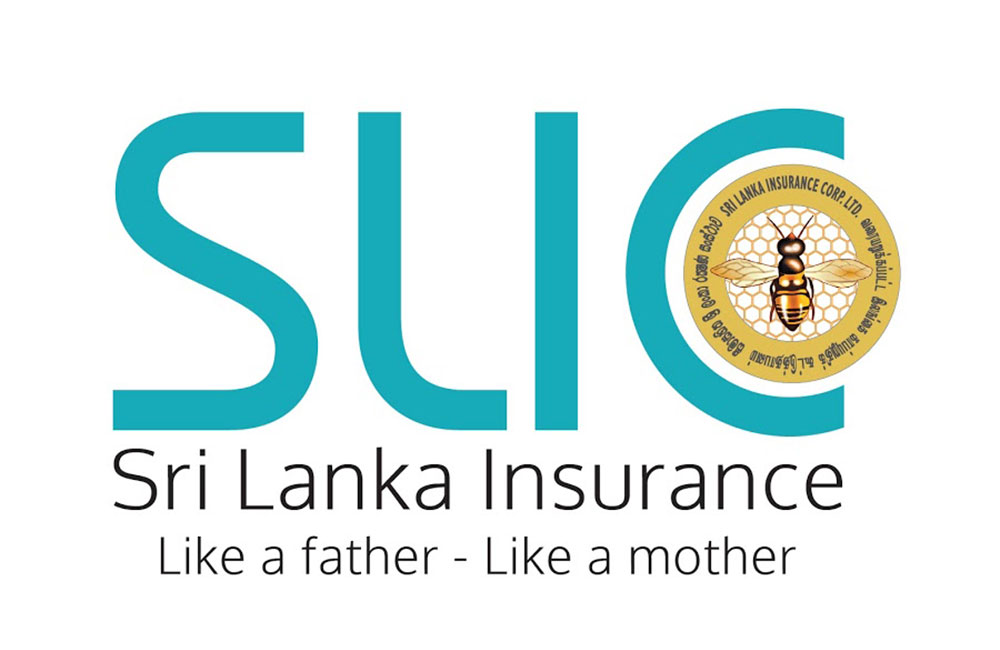Fitch Ratings has upgraded Sri Lanka Insurance Corporation Limited's (SLIC) Insurer Financial Strength (IFS) Rating to 'B+' from 'B'. The Outlook is Stable. The Under Criteria Observation status on the IFS Rating has also been removed.
Fitch has simultaneously upgraded SLIC's National IFS Rating to 'AAA(lka)' from 'AA+(lka)' with a Stable Outlook.
KEY RATING DRIVERS
The upgrade follows the revision of Fitch's global Insurance Rating Criteria in January 2019. SLIC's IFS rating was previously capped by the sovereign constraint set at 'B', which is the Long-Term Local-Currency Issuer Default Rating of Sri Lanka. The new criteria remove the top-down sovereign constraint and Fitch assesses SLIC's country risk in each criteria factor under a bottom-up analysis. The agency has assessed that the positive impact from the removal of the top-down sovereign constraint exceeds the negative pressure from the revised bottom-up country-risk assessment.
The rating action takes into account SLIC's favourable business profile and 'Good' financial performance and capitalisation, which more than offset the company's high investment and asset risks.
Fitch's assesses SLIC's business profile as favourable compared with other Sri Lankan insurance companies due to its leading business franchise, well-diversified participation in business lines across life and non-life insurance sectors, stable business focus on established product lines and its favourable domestic operating scale. Fitch scores SLIC's business profile at 'bb-' under its credit-factor scoring guidelines in light of the ranking. SLIC was Sri Lanka's second-largest life insurer and third-largest non-life insurer based on gross written premiums in 2018. Nevertheless, Fitch expects the growth in industry premiums to moderate in the near term due partly to a slowdown in motor premiums fuelled by a continuous increase in taxes on imported vehicles and slower recovery in the country's economic activity.
SLIC's life and non-life risk-based capital (RBC) ratios, a measure of its capitalisation, were 437% and 200%, respectively, at end-2018 (2017: 432%, 200%), significantly above the industry average and the 120% regulatory minimum. Fitch expects the company will maintain its capitalisation above 350% for life and 200% for non-life operations in the medium term.
The insurer has consistently maintained its non-life combined ratio below 100% for the previous four years (last three-year average: 96%) buoyed by its scale advantages as a large entity, which helps SLIC keep its expense ratios well below that of the industry, as well as prudent underwriting practices. However, Fitch expects the weakening of the rupee against the majority of hard currencies to increase claim costs in 2019, mainly due to the higher costs involved in importing replacement automotive components.
SLIC's exposure to Sri Lankan sovereign investments was 140% of its capital at end-2018, which continues to restrict Fitch's assessment on SLIC's investment and asset risk to 'b-' under our credit-factor scoring guidelines. SLIC has relatively high exposure to non-core subsidiaries, which underscores its high investment and asset risks, although that is balanced by the insurer's favourable business profile, healthy financial performance and consistent above-industry capitalisation.
RATING SENSITIVITIES
An upgrade for SLIC's National IFS is not possible as its 'AAA(lka)' National IFS Rating is already the highest score on the National Rating scale.
Downgrade sensitivities include:
- Significant weakening in SLIC's business profile
- Deterioration in the RBC ratio to below 350% for the life and 200% for the non-life businesses for a sustained period or a significant increase in non-core investments
- Significant increase in SLIC's sovereign investment concentration risk
- Deterioration in the non-life combined ratio to well above 100% for a sustained period
- A downgrade of the local-currency sovereign rating of Sri Lanka by more than one notch
Upgrade sensitivities include:
- Maintenance of SLIC's favourable business profile while significantly reducing its investment and asset risks on a sustained basis.
